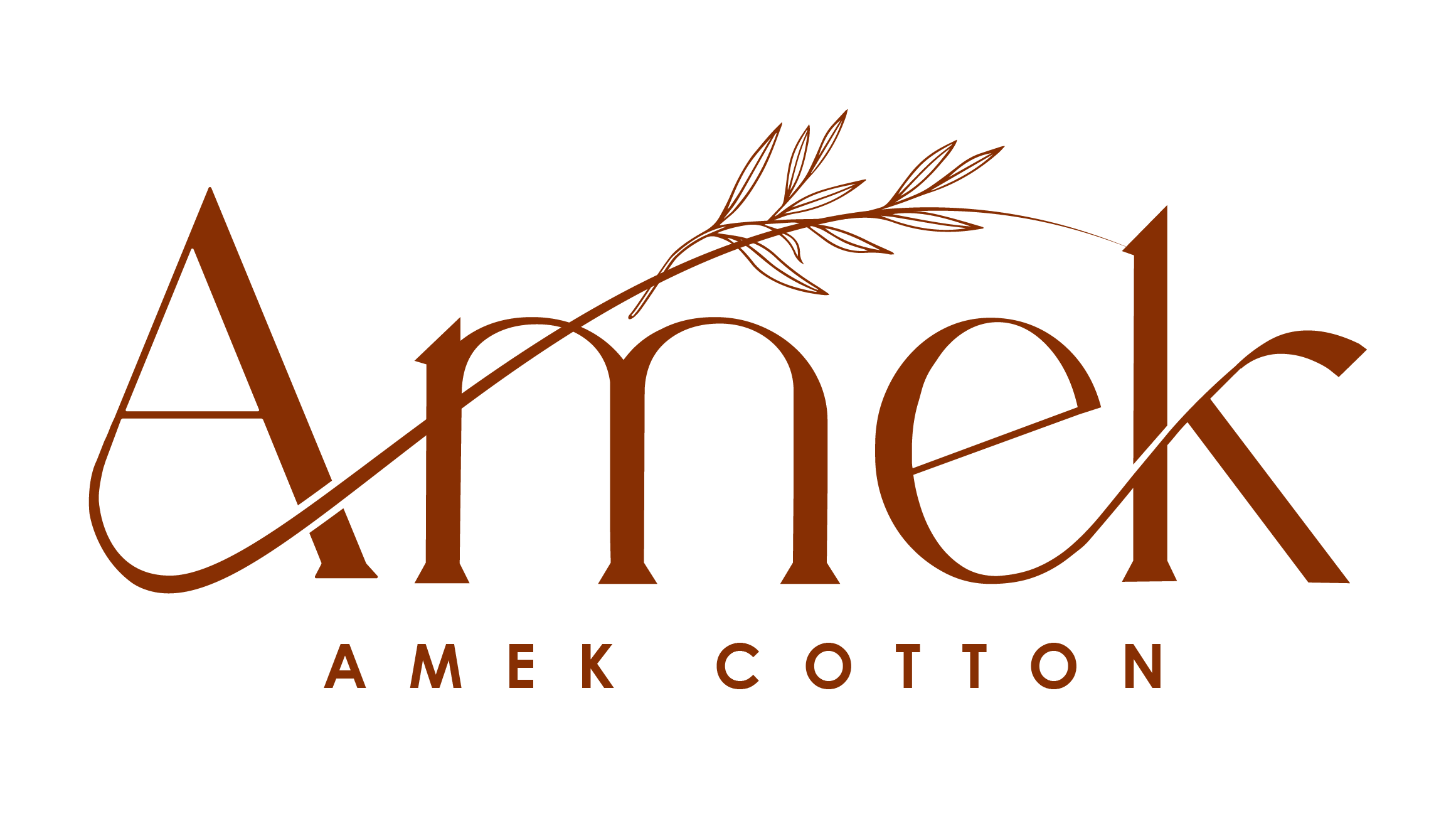Cotton has a lot of kinds and bleached cotton is one of them. Cotton products are commonly perceived as white. However, many types of cotton exist in various shades, influenced by their origin and variety. Additionally, there’s limited awareness that raw cotton contains foreign materials like stems, leaves, and seeds when harvested. Moreover, due to its natural waxy layer, cotton doesn’t absorb water well, necessitating the removal of this wax for cotton products to be functional. Essentially, “bleached cotton” refers to raw cotton that undergoes cleaning, degreasing, and bleaching processes.
Furthermore, because cotton naturally has a waxy layer that prevents it from absorbing water, this wax must be removed for cotton products to be usable. In simple terms, it is raw cotton that has been subjected to a cleaning, degreasing, and bleaching process.
Bleached cotton finds applications in:
-
- Tampons.
- Various Wipes.
- Cotton Balls.
- Cosmetic Pads.
- Surgical Cotton.
- Quilt Batting.
- And Others Uses.
Manufacture Of Bleached Cotton
The manufacture of this type of cotton involves exploring its benefits and the resulting products. While "bleached cotton" may carry negative connotations, it's crucial to understand its true meaning in the context of cotton processing and its use in single-use supplies. Understanding this process is essential for grasping the significance of "bleached" in cotton production.
Raw cotton extracted from plants isn't directly usable commercially. It requires thorough cleaning and purification to ensure safety in medical applications like baby wipes, diapers, and feminine hygiene products. This process removes mold, fungi, bacteria, and other contaminants that could endanger health. To eliminate fungi, bacteria, and other potentially harmful contaminants from cotton, it undergoes a purification process known in the industry as "whitening," typically involving hydrogen peroxide.
You might wonder why hydrogen peroxide is necessary. Despite the appeal of using freshly picked cotton straight from the field for easy conversion into products, natural cotton contains around 650,000 colony formation units (CFUs) scientifically. In essence, freshly picked cotton harbors fungi and bacteria, necessitating thorough purification. Additionally, natural cotton lacks inherent whiteness and absorbency, which are achieved through TCF "bleaching," ensuring both safety and superior quality in bleached cotton.
It is Totally Chlorine-Free.


